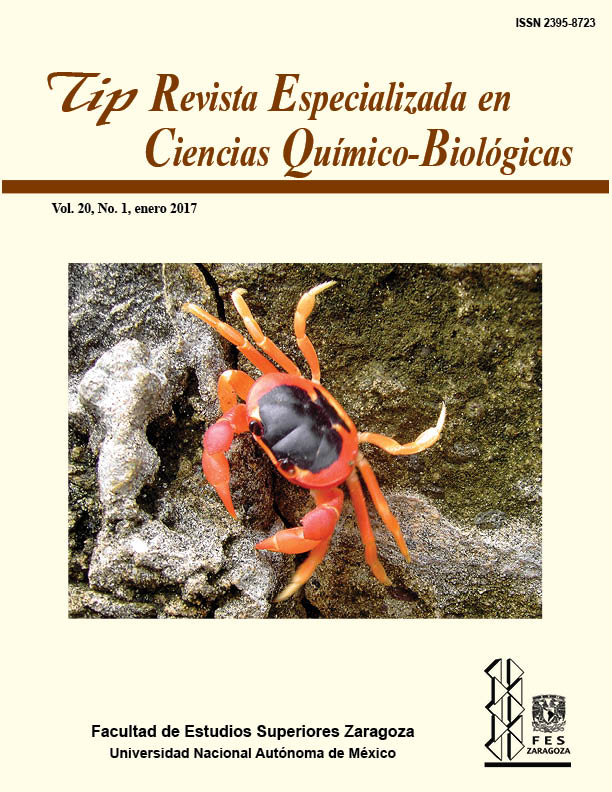Abstract
Several studies have shown that hepatic free cholesterol (FC) has an important role in the pathogenesis of nonalcoholic steatohepatitis (NASH). These studies have provided evidence that hepatic FC accumulation is toxic at different levels including: mitochondrial oxidative injury, endoplasmic reticulum (ER) stress, and activation of Kupffer cells (KCs) and hepatic stellate cell (HSCs). Altogether, this suggests that hepatic FC content is important for the initiation, maintenance and modulation of the inflammatory response associated with NASH. In this review several mechanisms that participate in the regulation of cholesterol homeostasis and their possible implications in the development and progression of nonalcoholic fatty liver disease (NAFLD) are discussed.
TIP Magazine Specialized in Chemical-Biological Sciences, distributed under Creative Commons License: Attribution + Noncommercial + NoDerivatives 4.0 International.



